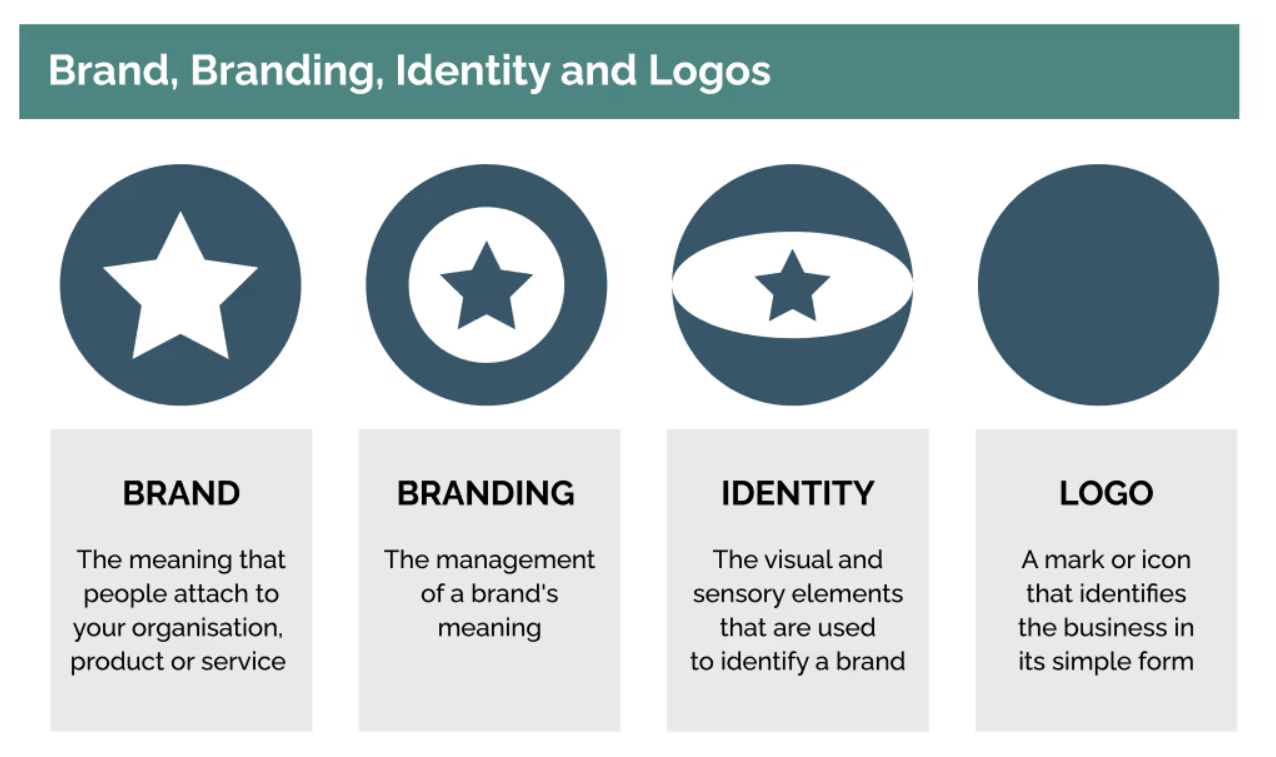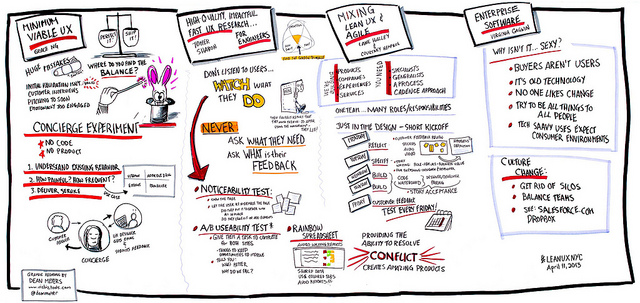In the realm of user experience, branding in UX transcends the conventional definitions of logos, color palettes, and marketing slogans.
It evolves into a multidimensional practice that crafts a unique identity and image for a company, product, or service.
This identity manifests across every communication, interaction, and touchpoint with customers, creating a lasting impression that extends far beyond aesthetics.
The Essence of Branding in UX
At its core, branding in UX is about consistency and cohesion. It’s the art of weaving together visual elements, tone, and values into an experience that users can easily recognize and associate with specific qualities and characteristics. Strong branding builds trust and credibility while influencing user perceptions and emotions.
Beyond Visuals: A Holistic Approach
Branding in UX is often mistakenly reduced to visual elements like logos and color schemes. However, it encompasses much more:
- Tone and Voice: How a company communicates—whether through a friendly and approachable tone or a professional and authoritative voice—plays a significant role in user experience.
- Values and Characteristics: Branding reflects the ethos of the company, be it eco-friendliness, innovation, or luxury.
- User Interactions: Every interaction, from customer service conversations to app interfaces, contributes to the brand identity.
For example, a brand that positions itself as luxurious will not only use sophisticated typography and high-quality visuals but also ensure its customer service is impeccable and its website experience exudes exclusivity.
The Role of Branding in UX Design
Branding is integral to UX design because it shapes how users perceive and interact with a product or service. Here are key areas where branding influences UX:
1. Visual Identity
The visual aspects of branding—logos, typography, and color schemes—create the first impression. A consistent visual identity across platforms reinforces brand recognition and trust.
2. Interaction Design
Every interaction, from button clicks to navigation flows, reflects the brand’s personality. A playful brand might use whimsical animations, while a professional brand may opt for minimalist transitions.
3. Content Strategy
The tone of written content, including micro-copy, guides, and error messages, reinforces the brand’s voice. For instance, a brand that values approachability might use empathetic error messages like, “Oops! Something went wrong. Let’s fix it together.”
4. User Journey Consistency
Consistency across all touchpoints—websites, apps, emails, and social media—ensures users have a seamless experience. Disjointed branding can confuse users and erode trust.
Value Added for End Users
Branding is not just about making a company memorable; it directly enhances user experience by adding value in the following ways:
Building Trust and Credibility
A cohesive and consistent brand signals reliability. Users are more likely to engage with a brand that appears professional and trustworthy.
Creating Memorable Experiences
Strong branding sets a company apart in a crowded market. Memorable experiences encourage repeat interactions and foster brand loyalty.
Influencing Emotions
Branding can evoke emotions that align with user values. For example, an eco-friendly brand may resonate with environmentally conscious users, fostering a sense of pride in their choices.
Crafting a Branding Strategy
Developing a branding strategy in UX involves several critical steps:
Step 1: Define the Brand
Begin by understanding the company’s values, characteristics, and target audience. Consider the following questions:
- What emotions should the brand evoke?
- Who are the primary users, and what are their needs?
- How does the brand differ from competitors?
Step 2: Develop the Brand Identity
Translate the brand’s essence into visual and verbal elements:
- Logo: A distinct symbol that embodies the brand.
- Color Palette: Colors that convey the brand’s tone and values.
- Typography: Fonts that enhance readability and personality.
- Tone of Voice: A style of communication that resonates with users.
Step 3: Communicate the Brand
Consistency is key. Ensure the brand’s identity is reflected across all channels, including:
- Websites and apps
- Social media platforms
- Marketing campaigns
- Customer service interactions
Step 4: Monitor and Measure Effectiveness
Collect user feedback and analyze metrics such as:
- Website traffic and engagement
- Social media mentions
- Brand recall in surveys
Step 5: Evolve the Brand
Brands must adapt to changing user needs and market dynamics. Regularly update visual elements and messaging to stay relevant.
Measuring Branding Maturity
Assessing the effectiveness of a brand requires evaluating its maturity. Here are the key factors:
Consistency
Is the brand’s identity consistently applied across all touchpoints? This includes:
- Logos and visuals
- Tone and messaging
- User experience across devices
Cohesiveness
Does the brand’s messaging align with its values and target audience? A cohesive brand has a clear identity reflected in every interaction.
Customer Recognition
Do users easily recognize and associate the brand with its values? High recognition indicates strong branding.
Market Presence
Is the brand a leader or innovator in its industry? A strong market presence signifies maturity.
Customer Loyalty
Are users loyal to the brand and willing to recommend it? Loyal customers are a testament to successful branding.
Conclusion
Branding from a UX perspective is a strategic endeavor that goes beyond visuals. It’s about creating a consistent, cohesive, and memorable experience that resonates with users at every touchpoint. By integrating branding into UX design, companies can build trust, foster loyalty, and differentiate themselves in competitive markets.
To explore more about branding in UX, consider these resources:
- Nielsen Norman Group: What is User Experience (UX) Design?
- Smashing Magazine: The Role of Branding in UX Design
- UX Collective: Branding and UX – Two Sides of the Same Coin
Branding isn’t just an afterthought; it’s a cornerstone of effective UX design. When done right, it transforms how users perceive and engage with a brand, making it unforgettable.
Thew image above belongs to “Branding in User Experience Design“


